Ikuya Hanaoka
2001- Takenaka Corporation
Recent The leader of Advanced Design Group
Awards:Good desgin award, BCS award, Architects Association award, The new figure award of Architectural Institute of Japan, Tokyo atrchitectural award.

Design technologies are developing every year due to the advancement of computer technologies. Ikuya Hanaoka (Group Leader of the Advanced Design Group, Design Department at Takenaka Corporation) talked about the possibilities of digital design that simultaneously deal with architectural spaces and lighting environments while introducing case studies.
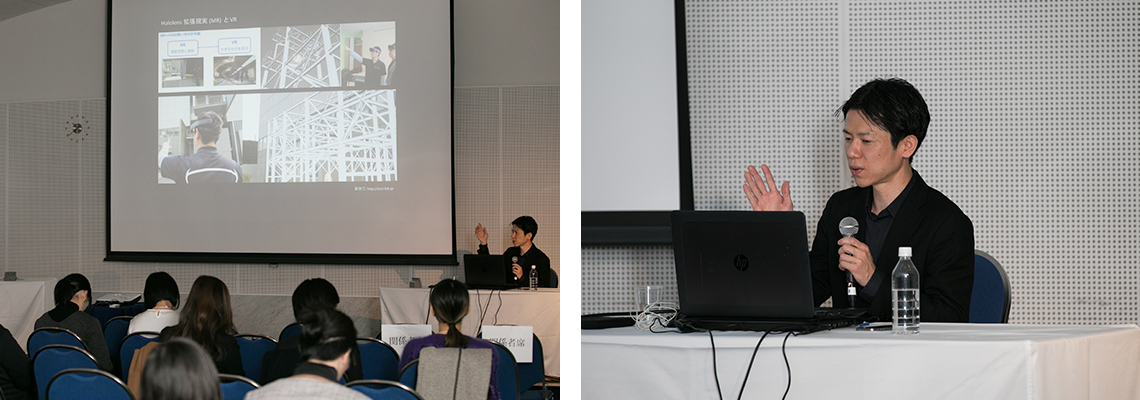
Hanaoka works on an architectural design by using design technologies involving computers. Under the theme of “Architecture and Lighting Connected with Digital Design,” he talked about computational design and visualization from the standpoint of architectural design.
Computational design is summarized as the ability to “promptly calculate” “a large amount of information” and “output” the result. As an example of utilizing computational design, he introduced a project in which the shape of a building was determined by the lighting environment. Light is directed by reflecting it off of curved walls, and the offices are surrounded with indirect lighting only. An optimized solution was deduced by the comprehensive evaluation of criteria such as brightness, thermal load, and openness, which were previously all evaluated separately.

As for visual programming that contributes to the popularization of computational design, by associating Rhinoceros modeling software with Grasshopper modeling support software, for example, the relationships between variables are shared among the workers involved, resulting in increased “repeatability.” Hanaoka thinks this is the merit of using programming in architecture.
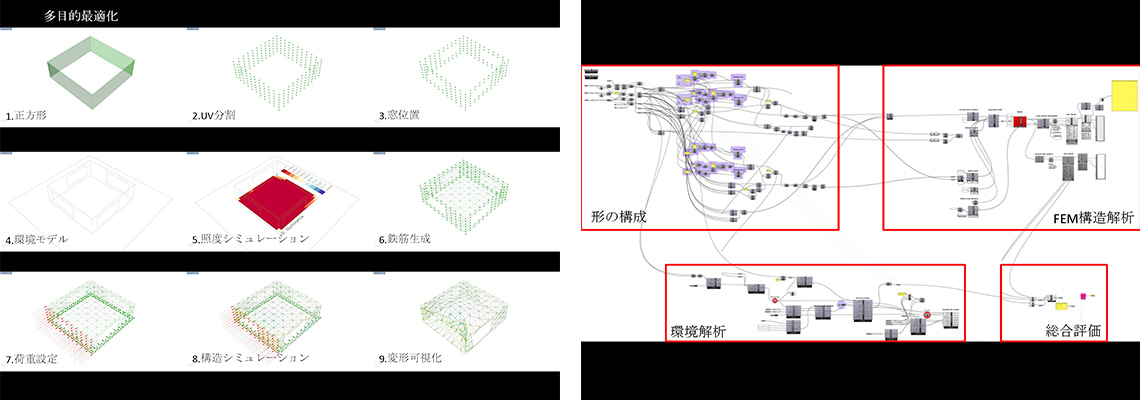
Next is visualization. How do we visualize the results of a computer simulation? VR (Virtual Reality) and MR (Mixed Reality) are increasingly utilized lately. With VR, software that can easily simulate a lighting environment by using an architectural BIM model has been developed. It can be used for quick and simple simulations to more sophisticated and detailed simulations, depending on the purpose. With MR, images appear on a head-mounted display (similar to sunglasses), which enables users to overlay the design information on actual spaces. It has been tested to overlay design information on construction sites. It can also be used for presenting a building model on a meeting table, in order to have discussions with many people while viewing simulation results at the design phase, for example.
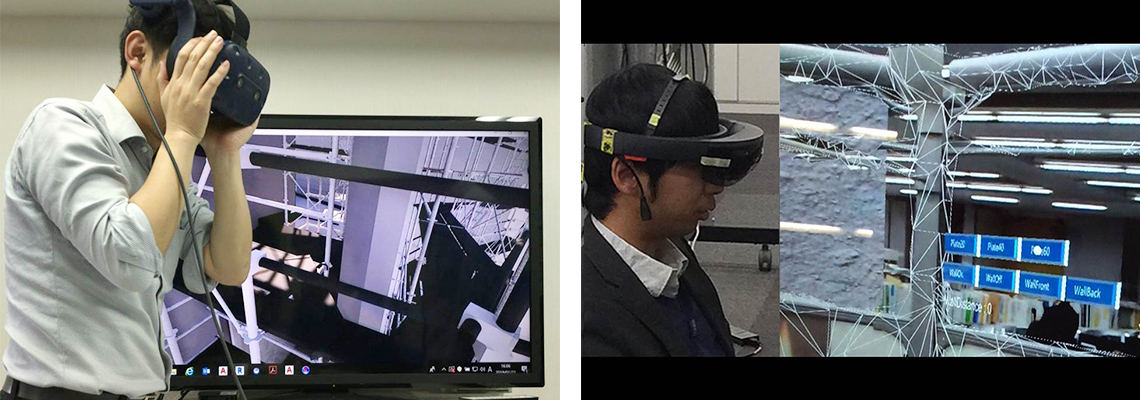
In the end, Hanaoka, who regularly uses visualization software and tools, said he still thinks there is a gap between experiences in the virtual world and the real world. However, he concluded that they are highly effective as support tools, and they will provide a way to improve the quality of lighting environment design.
【Date & Time】10:00‒11:00, March 7, 2019
【Venue】Room 102, 1F, Conference Tower, Tokyo Big Sight
【Speaker】Ikuya Hanaoka, Group Leader, Takenaka Corporation
【Moderator】Hirohito Totsune, President, Sirius Lighting Office Inc.
【Organizers】IALD Japan, JLMA, Nikkei Inc.
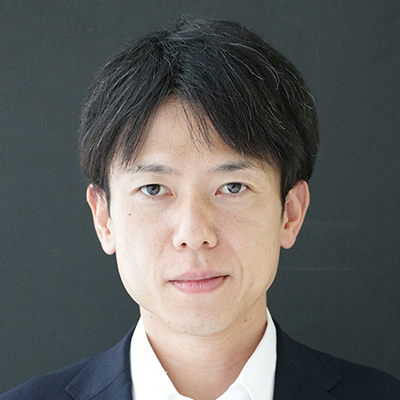
Ikuya Hanaoka
2001- Takenaka Corporation
Recent The leader of Advanced Design Group
Awards:Good desgin award, BCS award, Architects Association award, The new figure award of Architectural Institute of Japan, Tokyo atrchitectural award.
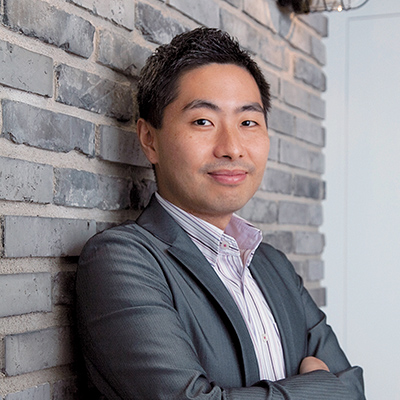
Hirohito Totsune
Experienced in the field of architecture, environmental lighting, and city planning. Benefit from these experiences, conducting a consultation for lighting in the broad range of areas from emotional lighting design to environmental lighting design.